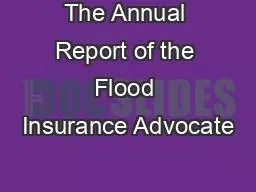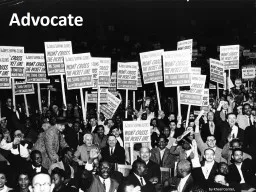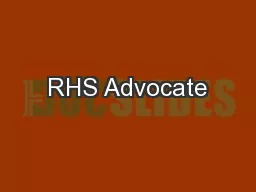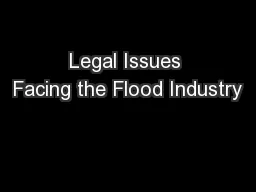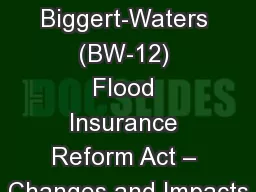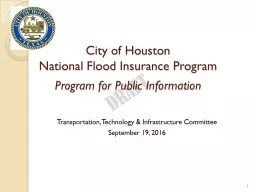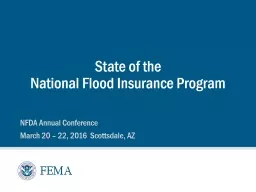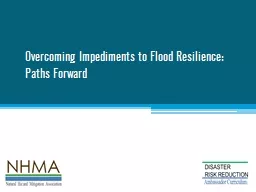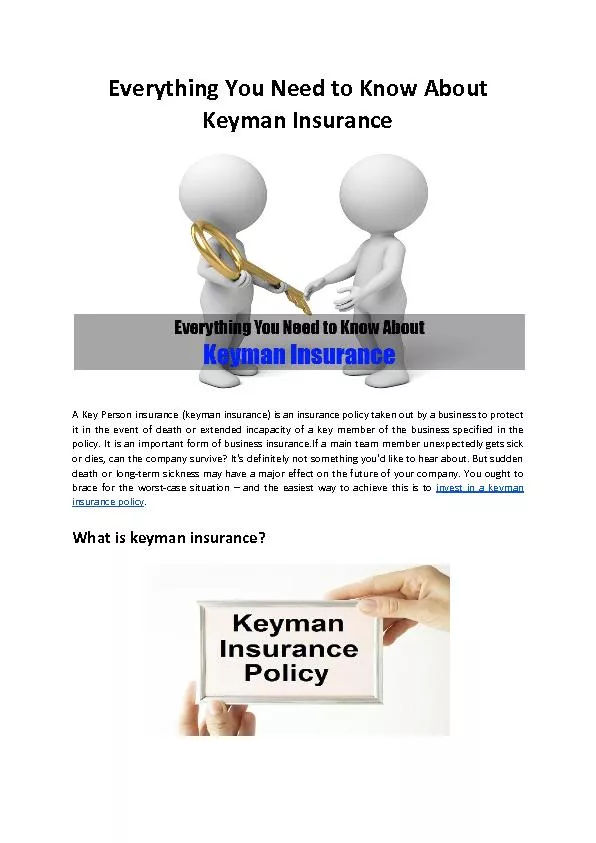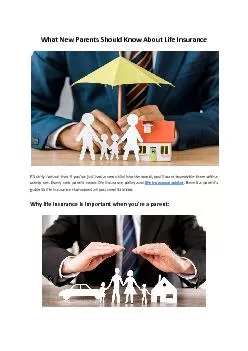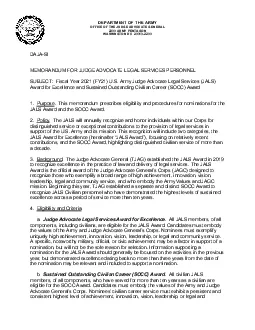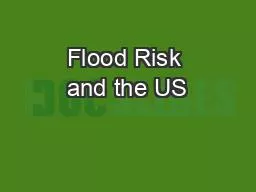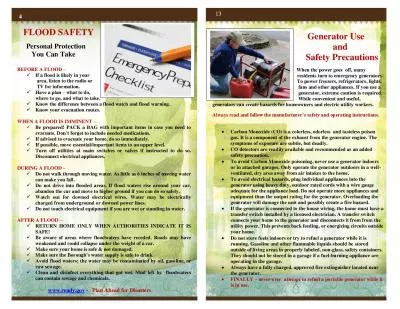PDF-The Annual Report of the Flood Insurance Advocate
Author : sequest | Published Date : 2020-11-18
Table of Contents MESSAGE FROM THE ADVOCATE EXECUTIVE SUMMARY TRENDS ISSUES AND RECOMMENDATIONS Erroneous Severe Repetitive Loss SRL Properties Designations 7 Gaps
Presentation Embed Code
Download Presentation
Download Presentation The PPT/PDF document "The Annual Report of the Flood Insurance..." is the property of its rightful owner. Permission is granted to download and print the materials on this website for personal, non-commercial use only, and to display it on your personal computer provided you do not modify the materials and that you retain all copyright notices contained in the materials. By downloading content from our website, you accept the terms of this agreement.
The Annual Report of the Flood Insurance Advocate: Transcript
Download Rules Of Document
"The Annual Report of the Flood Insurance Advocate"The content belongs to its owner. You may download and print it for personal use, without modification, and keep all copyright notices. By downloading, you agree to these terms.
Related Documents

